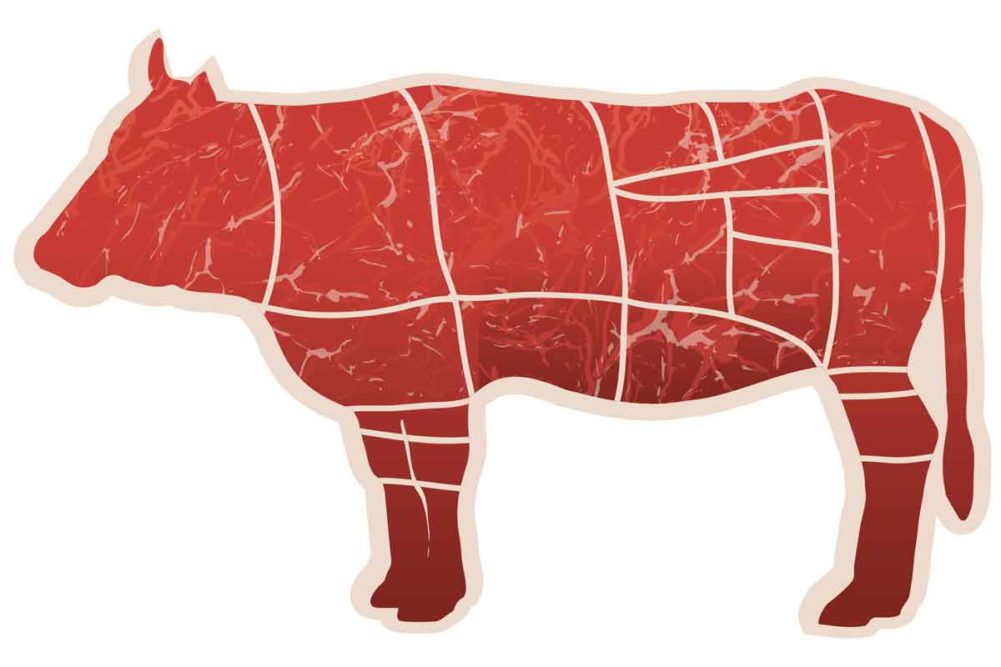KANSAS CITY, Mo. – For those in the beef industry, the fact that beef is larger and heavier than it was in the past is not breaking news. Cattle are heavier, making carcasses weigh more. Subprimals are larger and heavier, making retail cuts larger. This trend began about 40 years ago, and we do not know where it will end. However, we do know that developing effective merchandising strategies to help retail and foodservice channels deal with how best to market beef is imperative to all of the stakeholders in the supply chain.
Although the exact starting point for when the move to heavier cattle and carcasses began is unknown, it is clear that by the mid-1970s, there was a slow and gradual increase. It is interesting that this is the same point where the greatest amount of beef, at least on a per-capita basis, was being produced. Whether these two items are related is not fully understood. A slow decline in cattle inventory began, and the sheer amount of beef produced would be much lower today if it had not been for the fact that heavier weights helped offset fewer cattle.
In the days before the advent of boxed beef, carcasses, forequarters and hindquarters were shipped first by refrigerated rail cars and then by refrigerated trucks to markets where beef was cut into wholesale and retail cuts. There were preferences for certain weights, grades and types of beef depending on what customers wanted. All beef found a home regardless of its shape and size, but market prices were impacted if too many or too little of certain types were produced. From a weight standpoint, major purchasers of beef had a range in carcass weights they would accept.
Few innovations in the beef industry have impacted where and what form beef is processed than what boxed beef did. The early adopters of boxed beef became today’s major beef companies, and what began in earnest in the 1960s definitely changed how beef is marketed today.
Read more in the March issue of MEAT+POULTRY magazine.


